
As with many who stub their toes in public these days, the character assassination of Gregg Doyel has been swift, voluminous and “off-with-his-head!” in tone.
He’s become the Pinata of Print, battered fore and aft in mainstream media and on social media.
Doyel’s trespass?
Basically, being a doofus.
For reasons known only to himself, Doyel held to the notion that a press conference to introduce Caitlin Clark to the Indiana Fever faithful last week was about him, not the fresh new face of hoops in America. He then delivered a mea culpa that definitely was about him, not her. In short, he unleashed an ego the size of the Goodyear Blimp, at the same time confirming the existence of Blithering Idiot Syndrome (more on that later).
If you missed it, here’s how it went down:
The Fever trotted out Clark two days after they’d used the first shout-out in the Women’s National Basketball Association draft to claim the University of Iowa star as their own. Doyel was among the assembled news snoops and one of the first invited to ask a question, which the Indianapolis Star scribe prefaced by flashing a hand-heart, Clark’s signature gesture to her family post-game.
“You like that?” said Clark.
“I like that you’re here. I like that you’re here,” replied Doyel.
“Ya, I do that at my family after every game.”
“Okay, well, start doing it to me and we’ll get along just fine.”
Eeeeeuw! I think the creep-o-metre just went kaflooey.
It was an awkward bit of business with gusts up to ignorant, because it got worse.
When called upon again, Doyel said this to Fever head coach Christie Sides: “You just were given the keys to that. What are you gonna do with it?”
That? It?
Oh my.
Many have submitted that no jock journo, male or female, would be inclined to refer to, say, LeBron James or Steph Curry as a “that” or an “it,” but those words tripped off Doyel’s tongue as easily as if he was talking about a raccoon rooting through his rubbish bin.
Well, women aren’t thats or its or raccoons. They’re people, some of whom happen to excel at sports.
Which brings me to Blithering Idiot Syndrome.
It’s a curious abnormality that afflicts the male species on press row (some, but certainly not all) when they feel obliged to stray over to the distaff portion of the playground and report on the women at play. The lads are rendered clueless, and in-grained beliefs and built-in biases, if not colossal stupidity, slithers into their copy and/or commentary.
Thus, in the wake of the Doyel sideshow, the suggestion has been made that male jock journos know squat about how to cover, and interact with, female athletes.
Here’s sports scribe/commentator Jemele Hill: “Another upside of Caitlin Clark’s popularity is that it is going to finally force the sports media to grow up. Sports media has been extremely complicit in marginalizing and infantilizing women’s sports. A lot of the commentary and coverage is now coming from people who have little experience covering female athletes.”
Here’s Jackie Powell of MSNBC: “Sports coverage has generally been aimed at satisfying the stereotypical white, male sports fan. What’s going to happen, then, when journalists who are used to appeasing the interests and tastes of mostly men have to write to the interests of WNBA fans, a more diverse demographic?”
Hmmm. A more diverse demographic. Diversity is female sports, and lord help those dear boys on press row once they discover that scads of gay women populate the field and stadium pews.
Oh, yes, we all know that lesbians are plentiful in female sports. Somewhere between 25 and 30 per cent of the WNBA roll call is out and proud. The Canadian women’s hockey team that won the 2022 Olympic gold medal featured nine out gay players. Nine. That’s 39 per cent of the roster. Meantime, there’s an abundance of LGBT(etc.) players on World Cup soccer sides (96 in 2023), not to mention the National Women’s Soccer League. It follows, therefore, that a high number of lesbians count themselves among the constituents of elite female sports leagues, and they’ll be looking to read and watch informative dispatches in print, on air and online, not tripe.
But I digress.
The gay component is a sidebar to the main issue, that being the schooling of male jock journos who, until the ascendancy of women’s futbol, hockey and, especially, basketball into the consciousness of the public in recent years, were quite content to carry on with business as usual. Which is to say ignore, ignore, ignore women’s leagues.
The very idea that the rabble is now following, and enjoying, female sports with record head counts and unparalleled viewership must be such an inconvenience to a male-dominated industry (a study shows that less than 20 per cent of sports staffs at 100 newspapers and websites in North America are female). Minds must be a-boggle.
Truthfully, though, the notion that male jock journos require an immediate crash course on how to properly cover female athletes seems dopey in the extreme.
I mean, come on, man. Whether it’s Nelly Korda or Scottie Scheffler shooting under-par golf, surely the dudes on press row ought to be able to tell the story of a person who’s arrived at the pinnacle of their sport. Does it actually matter that Scottie has chin whiskers and Nelly ties her hair in a topknot?
I’d like to give the lads the benefit of the doubt and suggest Jemele Hill and Jackie Powell are conjuring up a faux boogeyman, but the Doyel buffoonery makes that difficult. Ditto the scribblings of someone like Postmedia columnist Steve Simmons, who appears to be blissfully unaware that his opinionating is sexist in tone.
For example, when National Hockey League commissioner Gary Bettman announced last week that he’d be plopping a franchise in Salt Lake City, Utah, this was Simmons’ reaction:
“Why won’t Utah have a name and logo for its first season? It’s April. The season starts in October. Surely, a name, a logo and a jersey is more than possible by then.”
Rather benign, wouldn’t you say?
Now compare that to what he wrote when the National Women’s Hockey League introduced a no-name, no-logo, no-jersey Toronto franchise in 2020.
“It has been officially announced that Toronto has been awarded an expansion team. What hasn’t been announced: the team’s name; the team’s logo; the team’s venue. And some of those things, if not all of them, can make an outsider rather skeptical and troubled about the future of this kind of endeavour. You don’t gain credibility by announcing a team with no name, no place to play, and no big-name players. When you have all that in place, then make the announcement. The press release referred to the expansion team as a ‘first class team of professionals.’ Time will answer that, but the new Toronto Whatevers are not off to a great start.”
Rather harsh, wouldn’t you say?
Also sexist. I mean, Simmons basically gives the Utah Whatevers, a men’s team in a men’s league, a questioning tsk-tsk, yet the Toronto Whatevers, a women’s team in a women’s league, was taken to the woodshed and bludgeoned. (Simmons also has repeatedly mangled the names of female leagues.)
It’s Blithering Idiot Syndrome in motion.
But, hey, perhaps dudes like Doyel and Simmons have actually done the lads on press row a solid—they’ve showed them how not to do it.
As Hill and Powell submit, class is definitely in session.
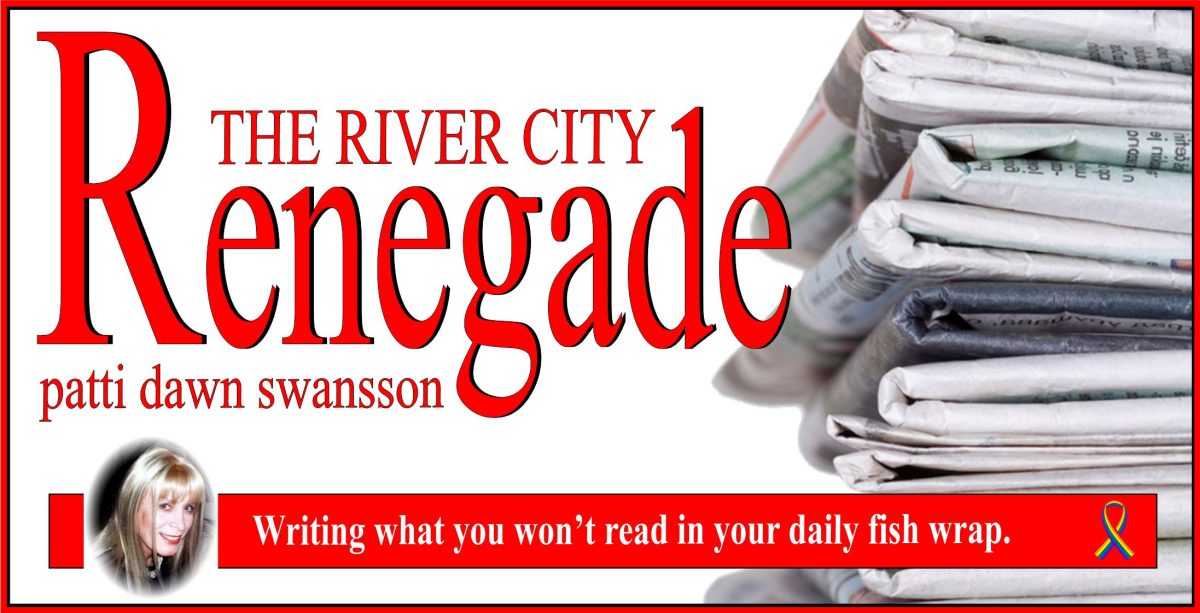



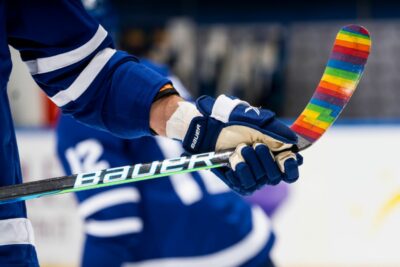

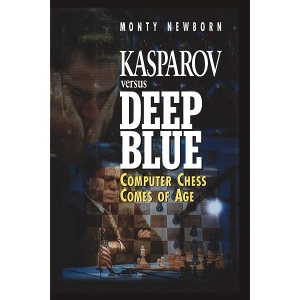


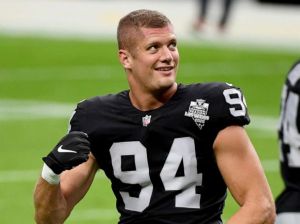

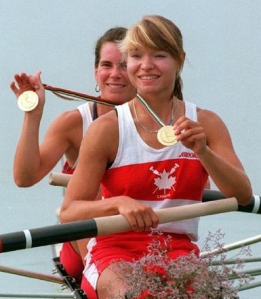

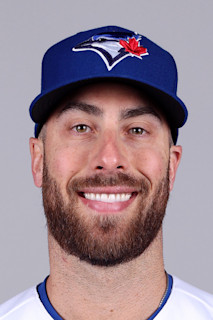
You must be logged in to post a comment.